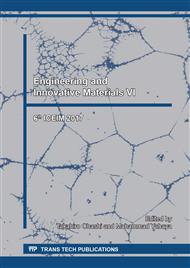p.147
p.155
p.160
p.167
p.173
p.181
p.186
p.191
p.196
The Innovation as a Source of Traditional Products’ Survival: The Bobbin Lace from Peniche
Abstract:
Weaving the bobbin lace is a traditional activity from Peniche, a village situated in the west coast of Portugal. This activity is known like art for centuries. However, the traditional way of producing it has been kept as well as the works produced. The bobbin lace hasn’t accompanied the evolution of times nor does it risk innovation. This wrong perspective has led to the discredit of the product, leading the young generations to keep on producing it the way their ancestors have done it – weaving the lace both for home consumption and/or entertainment. In an interventionist methodology, we propose the use of new materials to replace the traditional use of cotton as far as weaving the bobbin lace is concerned as well as the creation of new products. These two parts getting together can and probably will give a new perspective of the traditional and lead to new consumptions and/or applicability to the bobbin lace. Innovation is the key word for doing it. The desire of getting to know the new and the different, recreated from the traditional, will arouse curiosity in the young generations.
Info:
Periodical:
Pages:
173-177
Citation:
Online since:
January 2018
Authors:
Keywords:
Price:
Сopyright:
© 2018 Trans Tech Publications Ltd. All Rights Reserved
Share:
Citation:


